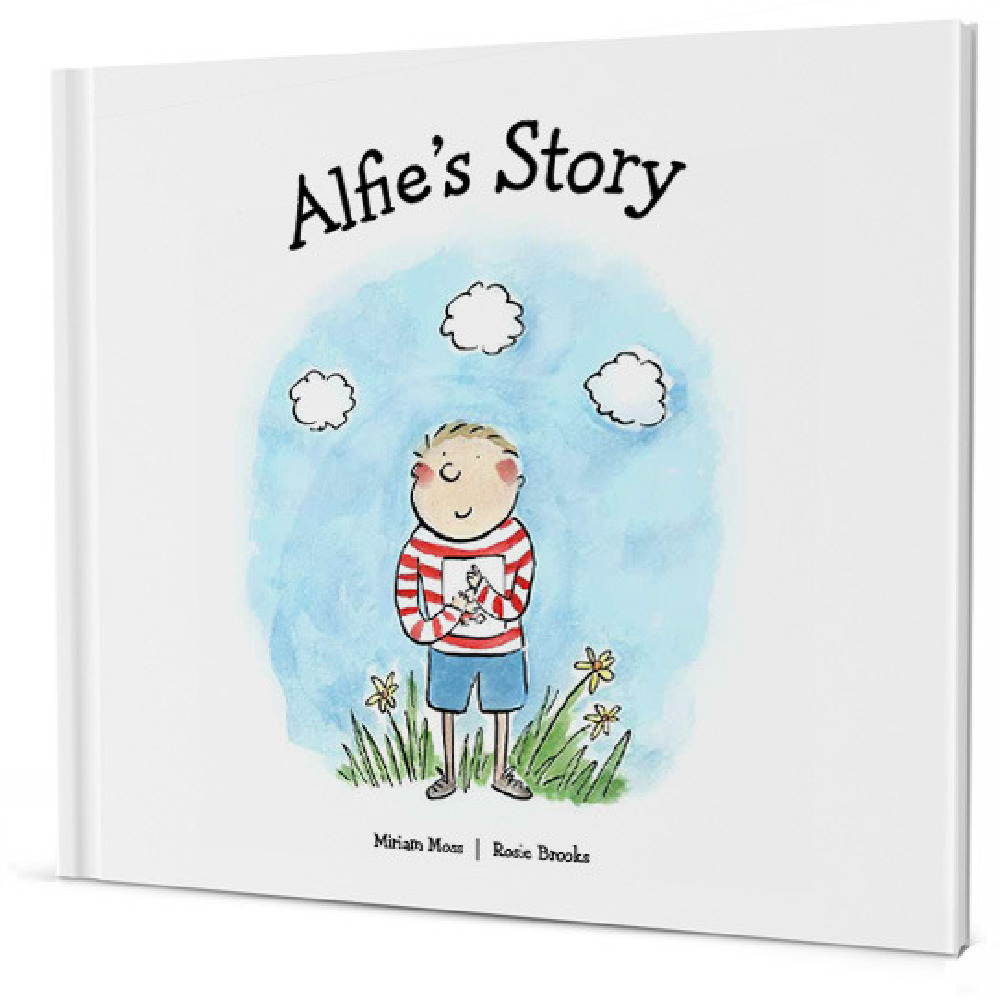
Alfie's Story
Writing short fiction, particularly picture books, can be one of the biggest challenges as it is the essence of story writing.
Unlike a novel, there’s no space to waste in scene-setting or plot. Picture books are nearer to poetry. They’re read aloud so every word has to count and be in the right place, and the words you choose need to be both condensed and rich. Some of the simplest language, if well chosen, can be the most poignant, the most heartfelt of all.
Your writing also needs to be multi-layered – after all, picture books appeal to all age groups; from grandparents and parents to older siblings and toddlers; those reading to, and those being read to.
Shared reading with young children needs to be inclusive and interactive and full of energy: often full of rhyme and rhythm, humour and sometimes song.
The story reflects the world back to the child. So, as well as stories about birthdays and friendship they may encompass bold and difficult themes: coping with death, fear, separation and anger. Whatever the child finds, the picture book story always needs to be presented in a reassuring package.
Miriam Moss’s Top Ten Tips for Writing Picture Books
Create well defined, child friendly characters.
Plan an engaging beginning, a middle that builds to a climax, a believable resolution and a satisfying end.
Capture the child’s imagination with a clear narrative written from a single point of view.
Keep sentences short and straightforward.
Strengthen your story with humour and pose problems to increase tension.
Think visually wearing the child-reader’s shoes.
Don’t tell how your characters feel, show through their speech and actions.
Present difficult emotions in a reassuring package.
Encourage child participation by using repetition, rhythm, rhyme, alliteration, songs or a refrain.
Read your story out loud, editing rigorously. Every word must count!
www.miriammoss.com
Parents can redeem their complimentary copy of Alfie’s Story online by uploading their purchase receipt within 21 days from the date of purchase. For more information on the book please visit www.tomtom.com/mums-special.

